What are Goblintown NFTs?
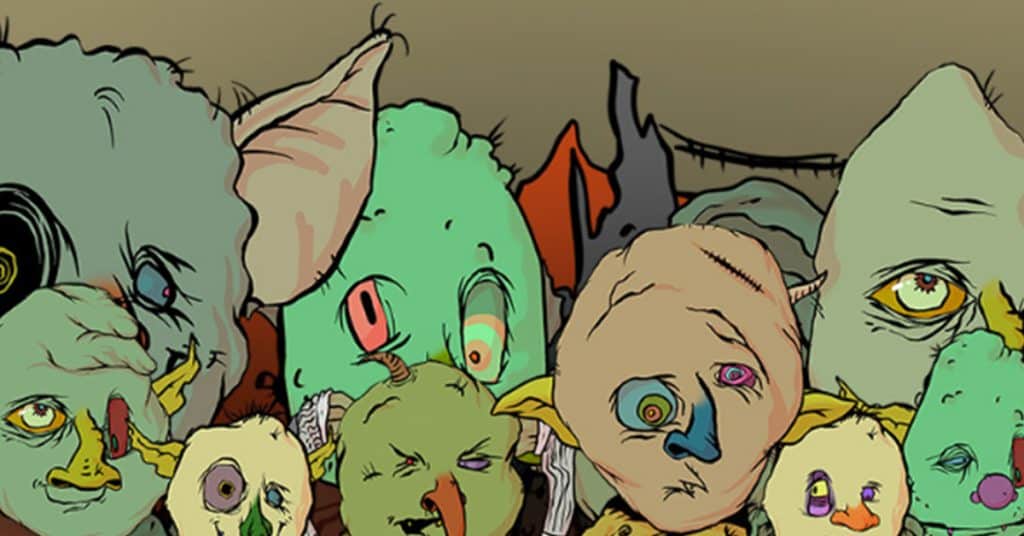
What are Goblintown NFTs?
An unexpected success story from the bear market has been the Goblintown NFT drop, by Truth Labs. Just to catch up on the background, Goblintown is a collection of 10,000 cartoon goblin PFPs that launched in May, during ominous market conditions. It was a free mint with CC0 licensing (also known as no rights reserved, meaning that all artwork is in the public domain), and it captured the NFT mood of the moment perfectly: yes, the markets were on a step-by-step downward trajectory, but hey, why not embrace the absurdity, buy a goblin, and ride it out?
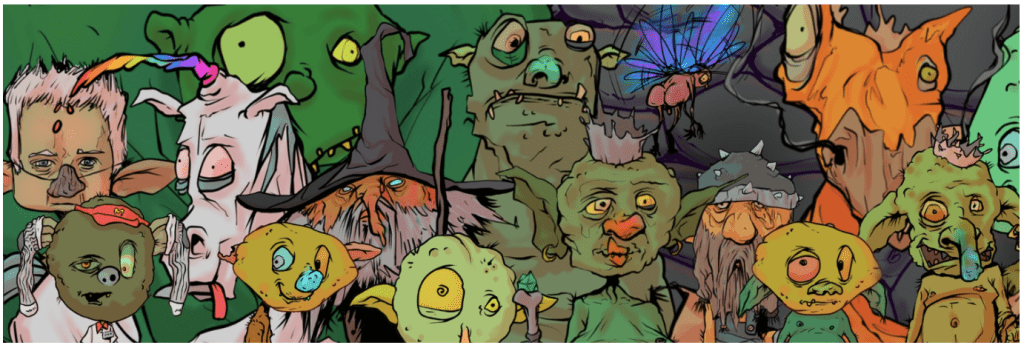
The Goblintown mint seemed to come out of nowhere, no-one knew who had made it or what it was, and yet it rapidly took off, with the average secondary market sales price rising to a high of around 7.6 ETH at the beginning of June, before settling back down to a current price of around 3.3 ETH (and don’t forget, that’s all from an anonymous, free mint).
It attracted masses of attention, and with the launch of the follow-up McGoblin Burger offshoot, it became clear that this project was actually a well-planned maneuver, meaning that there was no shortage of speculation about who was behind it. Finally, in the middle of June, Goblintown’s creators revealed themselves as Truth Labs, an organization that up to that point had not been so widely known, or at least not to the extent that it is now.
Sell the News
Before diving in to who exactly Truth Labs are, it’s worth noting the effect that the announcement of their involvement had on Goblintown prices, and what that indicates about NFT trends in general.
Basically, immediately after Truth Labs revealed their creative role, the price of Goblintown NFTs went down, while the price of two older Truth Labs collections made some gains. Since then, the Goblintown price has climbed again, while prices on the older collections have corrected back down.
The Goblintown price drop may have been partly due to the creators being less well-known than names such as Yuga Labs and Beeple (who some observers had speculated might be involved), and the generally negative state of the market could also be a factor.
However, this kind of sell-the-news price movement is common in NFTs, and worth being aware of. When an NFT collection is wrapped in mystery and speculation, has a reveal waiting to happen, or a development in the works, prices tend to go up, and then upon completion there’s often a sell off. This isn’t a concrete rule, and there are exceptions, but it happens a lot.
If a collection is high quality and committed to the long term, prices are likely to rise again after a sell off, and so good entry points can be found. In fact, making gains again after the dip is a good indicator that buyers have confidence in the collection and its creators.
Who is Truth Labs?
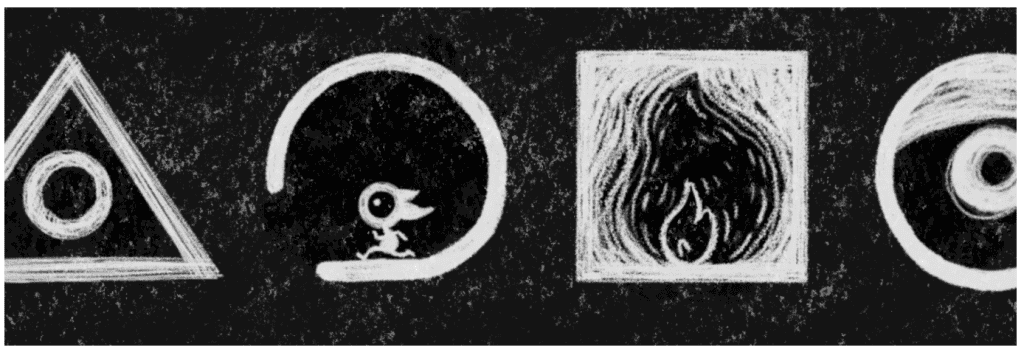
As a creative collective that manages to be both mysterious and upfront at the same time, Truth Labs revel in–to quote their own description on the Truth site–“delightful blockchain mischief”, and they play with cult-like, mystical imagery.
Simultaneously, though, their self-description also talks about “exploring creatively, developing rich, fun worlds and experiences (both IRL and in the digital realm), and providing a platform for new voices and visions in this space”, which is reasonably straightforward.
They’re open and transparent about who they are (the team is doxxed and communicative, and trusted within the web3 space), and what they want to do. Over on the Goblintown site it’s plainly stated that there is “No roadmap. No Discord. No utility. CC0.” It’s an unorthodox but honest approach, which is a good all-round summary of Truth Labs and its character.
Back in January, before they made Goblintown, Truth Labs launched the Illuminati NFT collection, along with the Illuminati Association DAO, which aims to “identify, guide and assist web2 artists as they navigate into the web3 world”.
They also created The 187 collection, and last week organized a wild-looking party at the NFT.NYC event. By the way, for those into esoterica who like going down rabbit-holes, Truth Labs have referenced Eris and Discordia, suggesting they may be followers of a philosophy/religion/parody-religion called Discordianism.
Weirdness, Hype & Execution

It’s unusual for a parent/debut collection to be valued lower than the drops that follow after it, but that’s the case with Truth Labs’ Illuminati NFTs, which currently have a floor price under 0.6 ETH.
While it’s unclear where either Goblintown or Illuminati are headed (Goblintown makes a point of having no roadmap), and to what extent they will be interlinked (if at all), Illuminati NFTs currently look like they might be worth picking up, particularly as they’ve now corrected down from their recent price pump.
Broadly, if you wanted to bet on an NFT-focused web3 team/organization, the top-tier choices are Yuga Labs and Moonbirds, but those are very expensive to buy into.
Among the other contenders–and there are many vying to get ahead–Truth Labs stand out as a promising competitor. They have an intriguing balance of weirdness, hype and execution, appear well-intentioned in a world of rug pulls and doubt, and have proven they can pull off a spectacle at unlikely moments. NFTs are a wildly uncertain arena, but it’s plausible that Truth Labs can now go on to build further from Goblintown’s success.
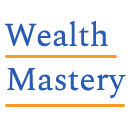
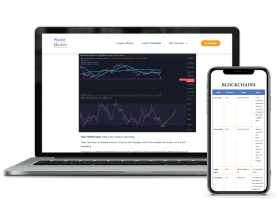




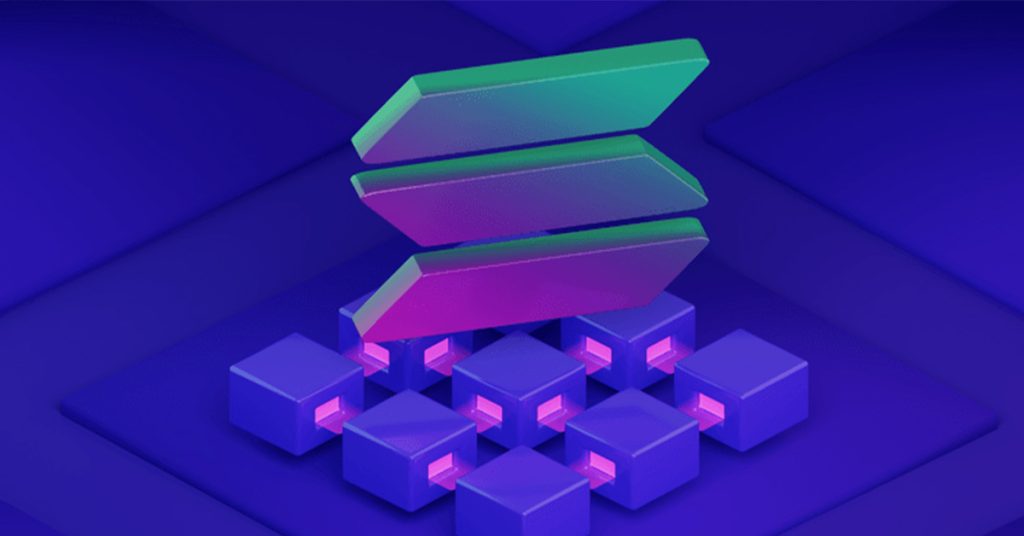
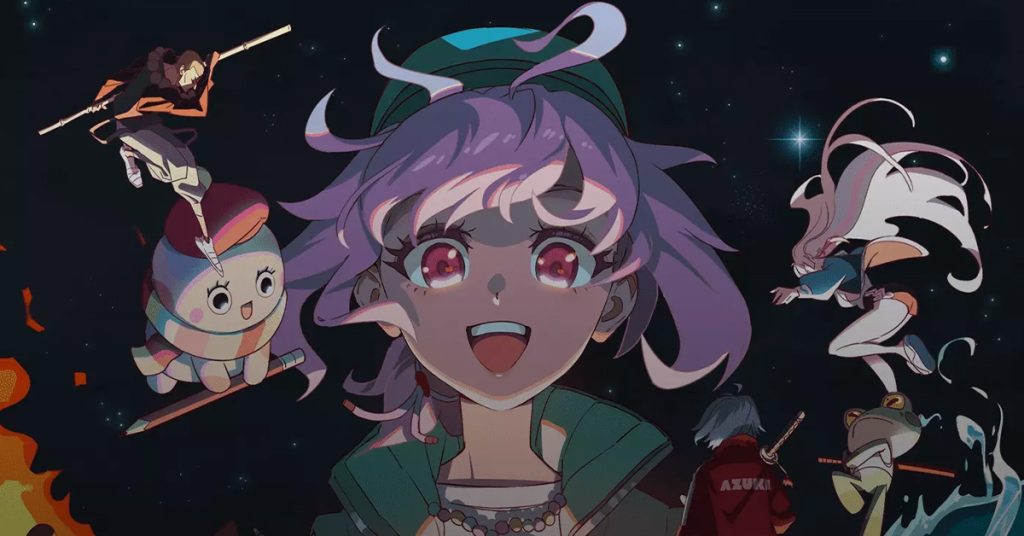
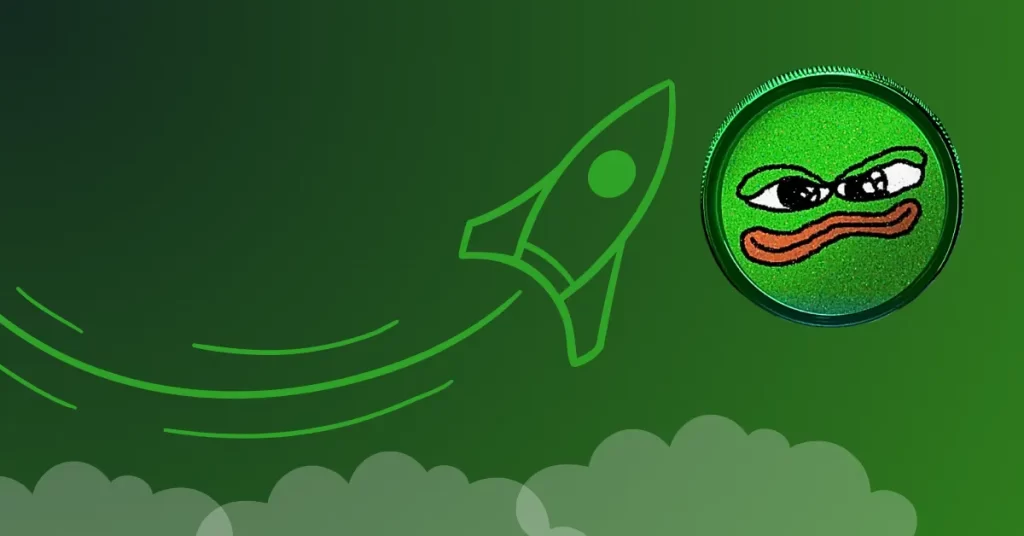
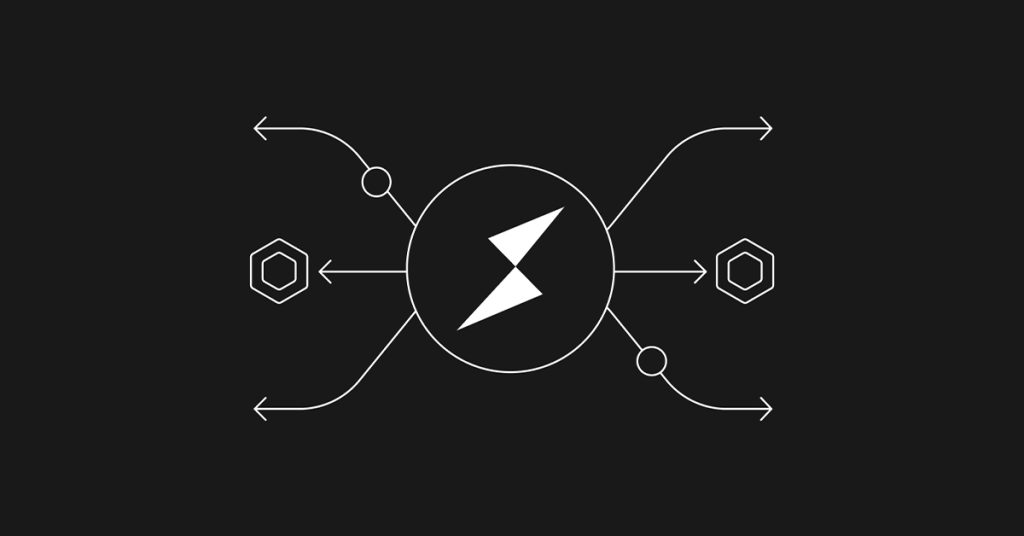
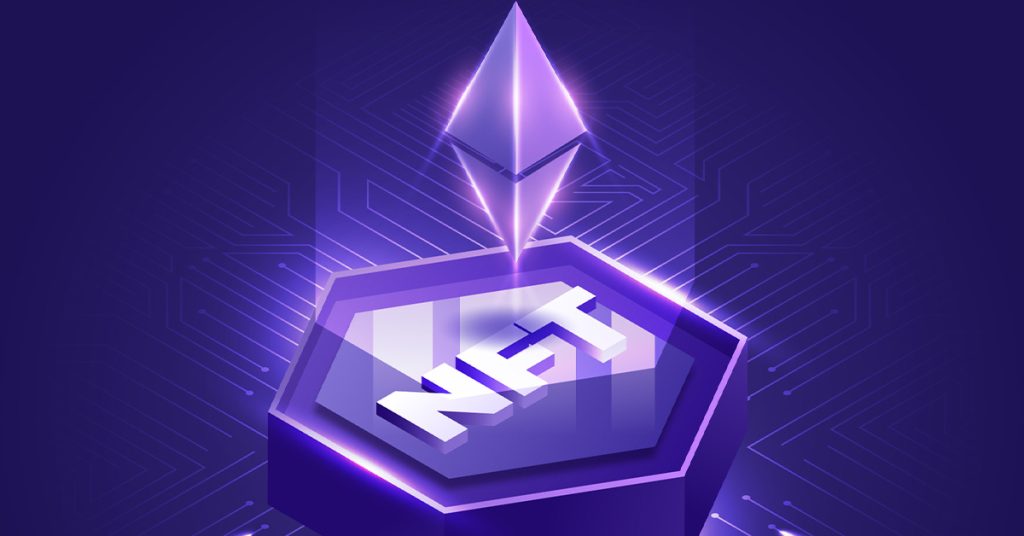
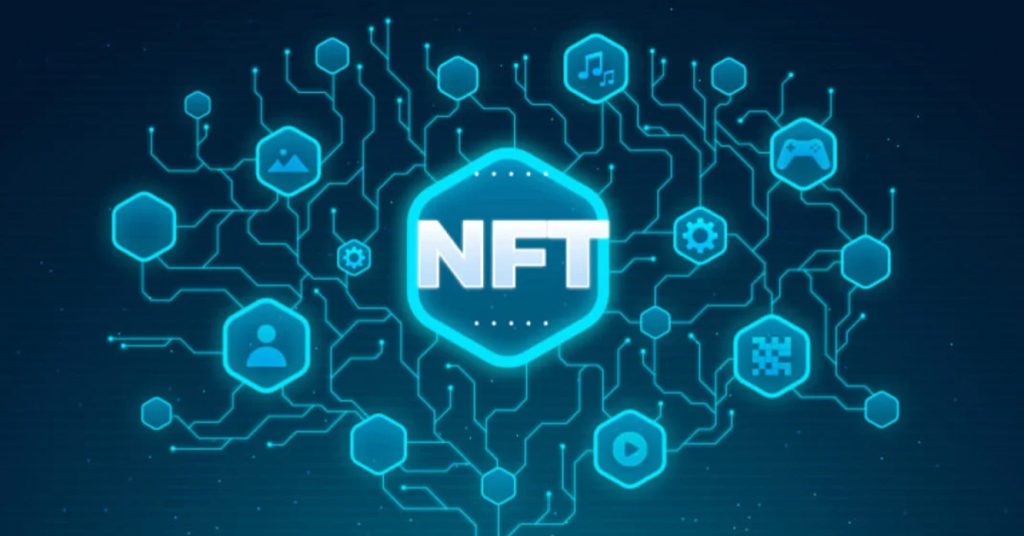
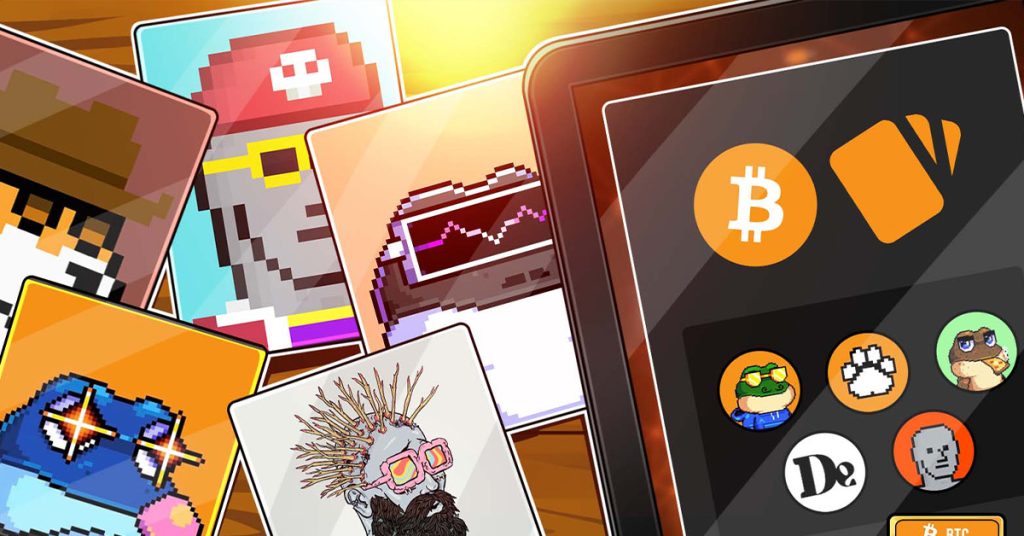
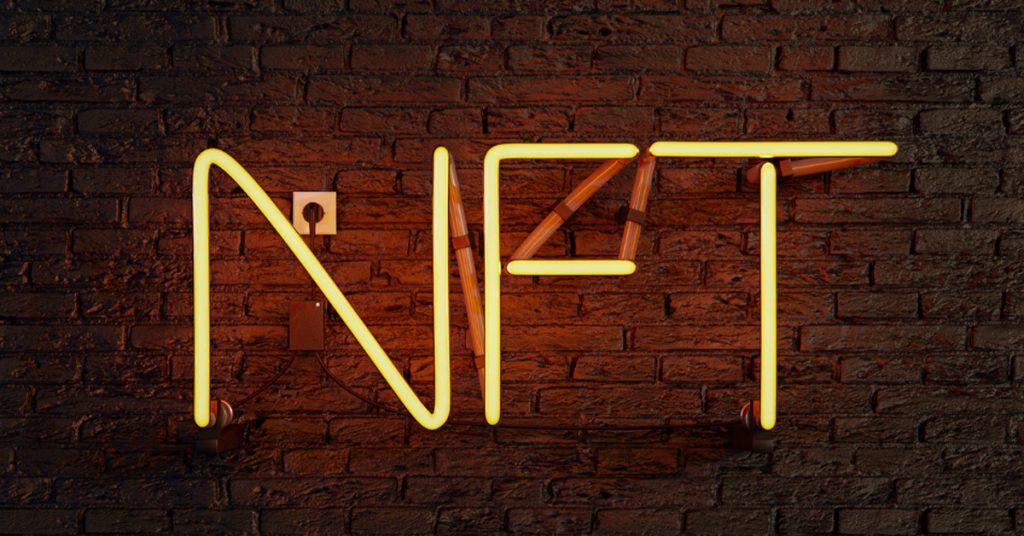

Responses